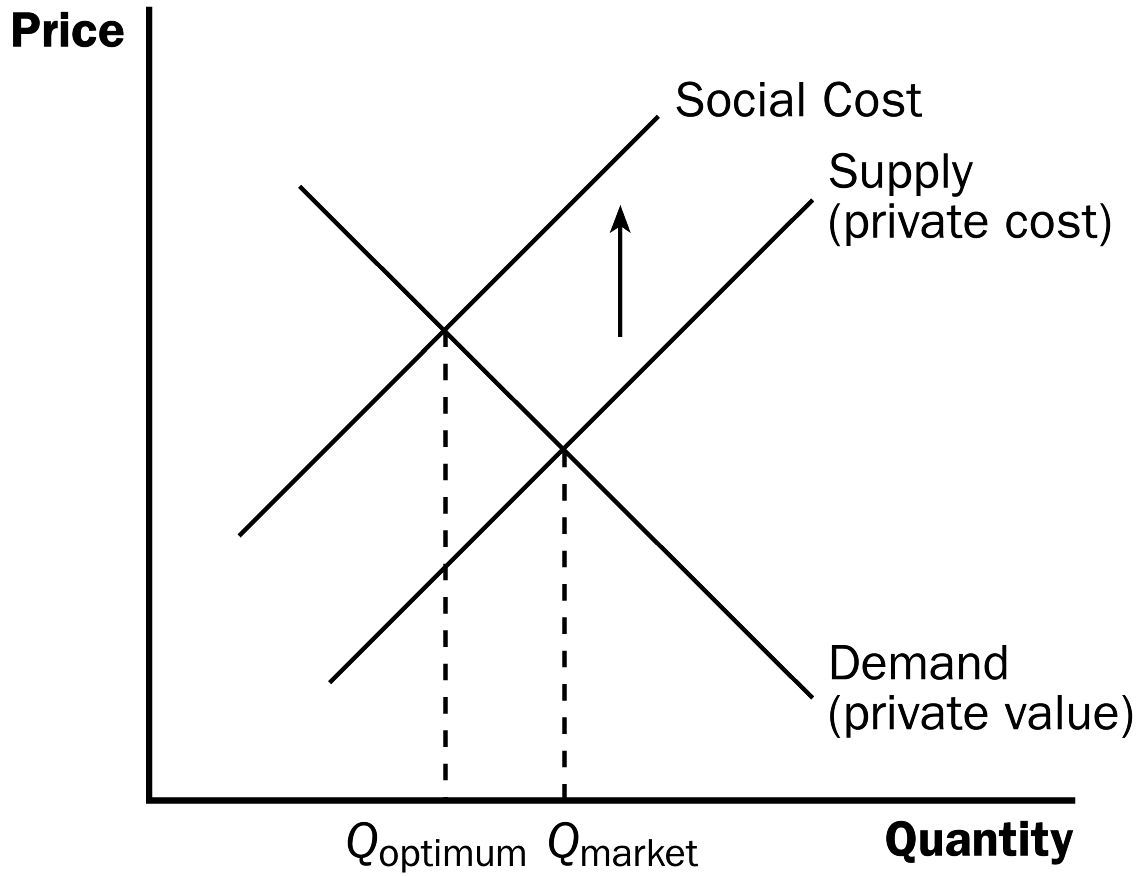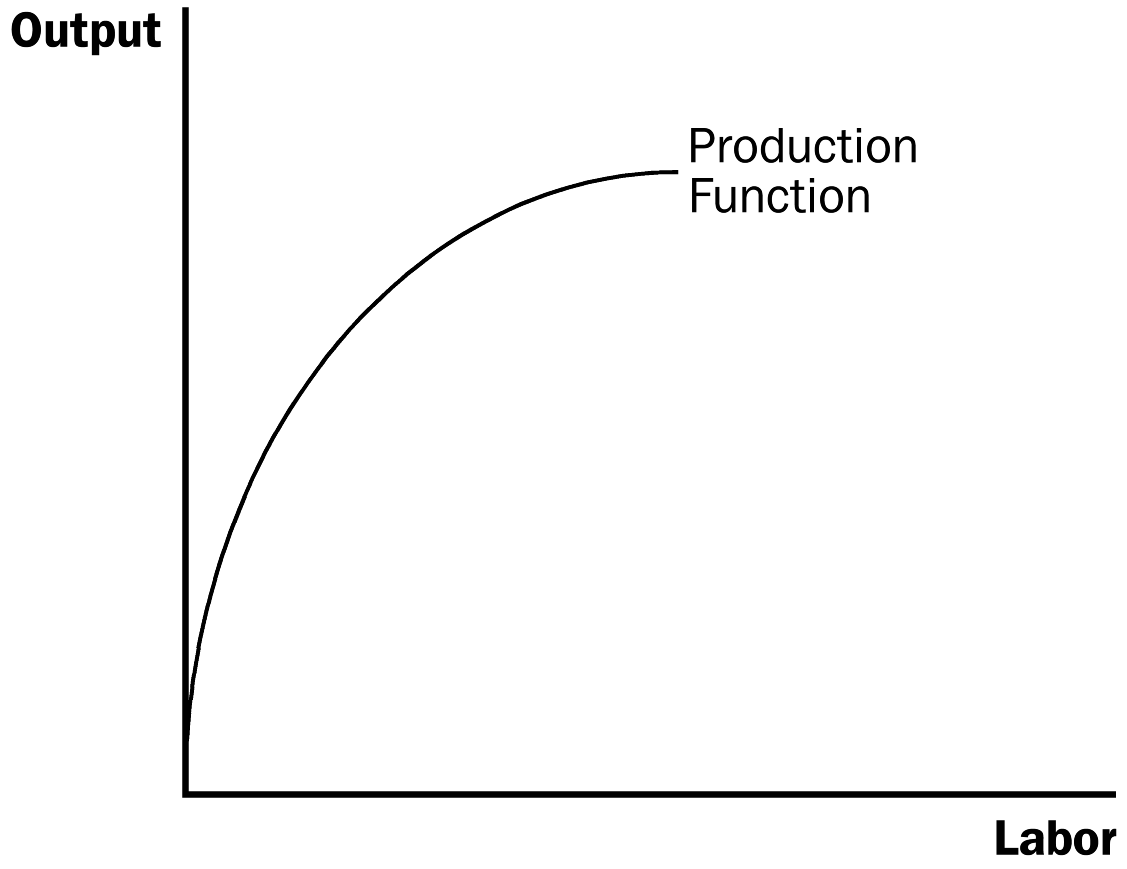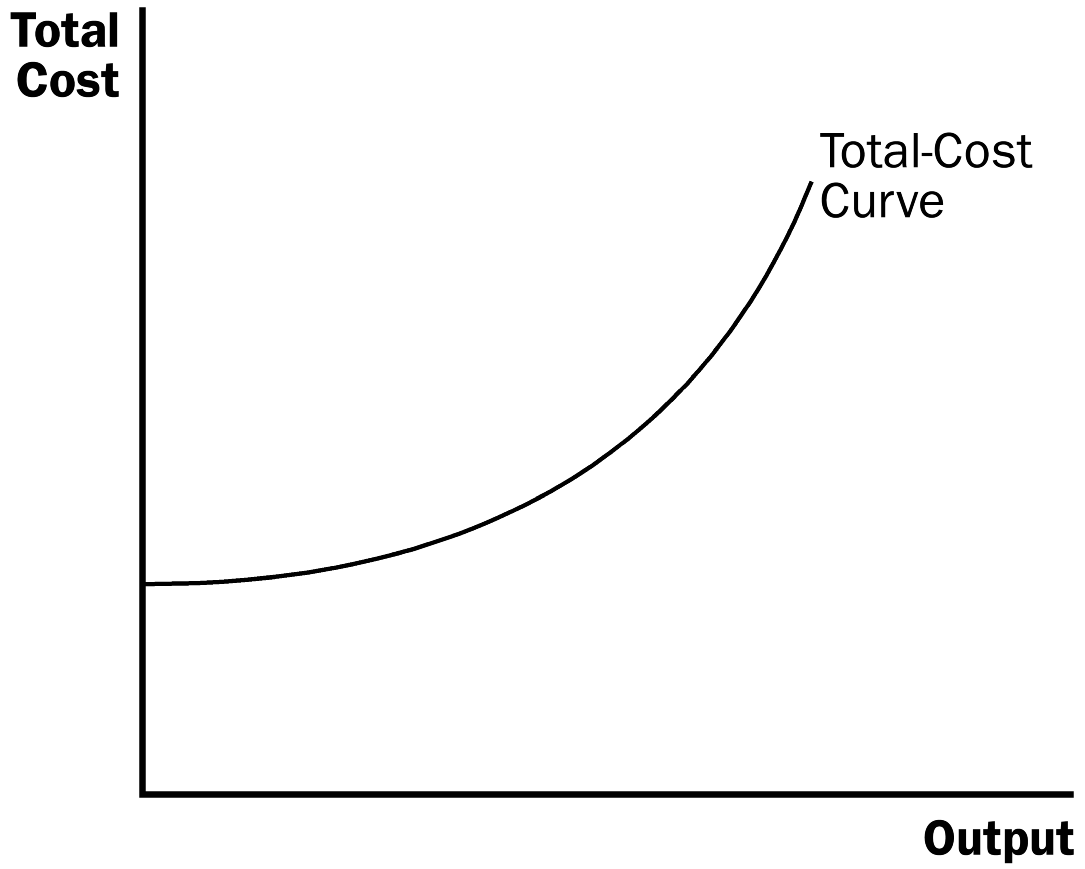EXTERNALITIES
You should understand:
- why externalities can make market outcomes inefficient. This is a very
interesting point and has a big impact on taxing an externality.
- how people can sometimes solve the problem of externalities on their own.
- why private solutions to externalities sometimes do not work.
- the various government policies aimed at solving the problem of
externalities
KEY POINTS:
- When a transaction between a buyer and seller directly affects a third
party, that effect is called an externality. Negative externalities, such as
pollution, cause the socially optimal quantity in a market to be less than
the equilibrium quantity. Positive externalities, such as technology
spillovers, cause the socially optimal quantity to be greater than the
equilibrium quantity.
- Those affected by externalities can sometimes solve the problem privately.
For instance, when one business confers an externality on another business,
the two businesses can internalize the externality by merging.
Alternatively, the interested parties can solve the problem by signing a
contract. According to the Coase theorem, if people can bargain without
cost, then they can always reach an agreement in which resources are
allocated efficiently. In many cases, however, reaching a bargain among the
many interested parties is difficult, so the Coase theorem does not apply.
- When private parties cannot adequately deal with external effects, such as
pollution, the government often steps in. Sometimes the government prevents
socially inefficient activity by regulating behavior. Other times it
internalizes an externality using Pigouvian taxes. Another way to protect
the environment is for the government to issue a limited number of pollution
permits. The end result of this policy is largely the same as imposing
Pigouvian taxes on polluters.

Negative Production Externality
_________________________________________________________________

Positive Consumption Externality
PUBLIC GOODS AND COMMON RESOURCES
You should understand:
- the defining characteristics of public goods and common resources.
- why private markets fail to provide public goods.
- some of the important public goods in our economy.
- why the cost–benefit analysis of public goods is both necessary and
difficult.
- why people tend to use common resources too much.
- some of the important common resources in our economy
KEY POINTS:
- Goods differ in whether they are excludable and whether they are rival. A
good is excludable if it is possible to prevent someone from using it. A
good is rival if one person’s enjoyment of the good prevents other people
from enjoying the same unit of the good. Markets work best for private
goods, which are both excludable and rival. Markets do not work as well for
other types of goods.
- Public goods are neither rival nor excludable. Examples of public goods
include fireworks displays, national defense, and the creation of
fundamental knowledge. Because people are not charged for their use of the
public good, they have an incentive to free ride when the good is provided
privately. Therefore, governments provide public goods, making their
decision about the quantity based on cost–benefit analysis.
- Common resources are rival but not excludable. Examples include common
grazing land, clean air, and congested roads. Because people are not charged
for their use of common resources, they tend to use them excessively.
Therefore, governments try to limit the use of common resources.
Costs
You should understand:
- what items are included in a firm’s costs of production.
- the link between a firm’s production process and its total costs.
- the meaning of average total cost and marginal cost and how they are
related.
- the shape of a typical firm’s cost curves.
- the relationship between short-run and long-run costs.
KEY POINTS:
- The goal of firms is to maximize profit, which equals total revenue minus
total cost.
- When analyzing a firm’s behavior, it is important to include all the
opportunity costs of production. Some of the opportunity costs, such as the
wages a firm pays its workers, are explicit. Other opportunity costs, such
as the wages the firm owner gives up by working in the firm rather than
taking another job, are implicit.
- A firm’s costs reflect its production process. A typical firm’s
production function gets flatter as the quantity of an input increases,
displaying the property of diminishing marginal product. As a result, a firm’s
total-cost curve gets steeper as the quantity produced rises.
- A firm’s total costs can be divided between fixed costs and variable
costs. Fixed costs are costs that do not change when the firm alters the
quantity of output produced. Variable costs are costs that do change when
the firm alters the quantity of output produced.
- From a firm’s total cost, two related measures of cost are derived.
Average total cost is total cost divided by the quantity of output. Marginal
cost is the amount by which total cost would rise if output were increased
by one unit.
- When analyzing firm behavior, it is often useful to graph average total
cost and marginal cost. For a typical firm, marginal cost rises with the
quantity of output. Average total cost first falls as output increases and
then rises as output increases further. The marginal-cost curve always
crosses the average-total-cost curve at the minimum of average total cost.
- A firm’s costs often depend on the time horizon being considered. In
particular, many costs are fixed in the short run but variable in the long
run. As a result, when the firm changes its level of production, average
total cost may rise more in the short run than in the long run.
I. What Are Costs?
A. Total Revenue, Total Cost, and Profit
1. Goal of a firm: to maximize profit.
2. Definition of Tota1 Revenue: the amount a firm
receives for the sale of its output.

3. Definition of Total Cost: the market value of the
inputs a firm uses in production.
4. Definition of Profit: total revenue minus total
cost.

B. Costs as Opportunity Costs
1. Principle #2: The cost of something is what you give up to
get it.
2. The costs of producing an item must include all of the
opportunity costs of inputs used in production.
3. Total opportunity costs include both implicit and explicit
costs.
II. Production and Costs
A. The Production Function
1. Definition of Production Function: the
relationship between quantity of inputs used to make a good and
the quantity of output of that good.
2. Definition of Marginal Product: the increase in
output that arises from an additional unit of input.

a. As the amount of labor used increases, the marginal
product of labor falls.
Definition of Diminishing Marginal Product: the
property whereby the marginal product of an input declines as
the quantity of the input increases.
3. We can draw a graph of the firm’s production function by
plotting the level of labor (x-axis) against the level of output
(y-axis). This is the basic example.


a. The slope of the production function measures marginal
product.
b. Diminishing marginal product can be seen from the fact
that the slope falls as the amount of labor used increases.
B. From the Production Function to the Total-Cost Curve
1. We can draw a graph of the firm’s total cost curve by
plotting the level of output (x-axis) against the total cost of
producing that output (y-axis). Again, this is the basic
graph.

a. The total cost curve gets steeper and steeper as output
rises.
b. This increase in the slope of the total cost curve is
also due to diminishing marginal product: As Helen increases
the production of cookies, she needs more labor and her
kitchen becomes overcrowded.
III. The Various Measures of Cost
A. Fixed and Variable Costs
1. Definition of Fixed Costs: costs that do not vary
with the quantity of output produced.
2. Definition of Variable Costs: costs that do vary
with the quantity of output produced.
B. Average and Marginal Cost
1. Definition of Average Total Cost: total cost
divided by the quantity of output.
2. Definition of Average Fixed Cost: fixed costs
divided by the quantity of output.
3. Definition of Average Variable Cost: variable
costs divided by the quantity of output.
4. Definition of Marginal Cost: the increase in total
cost that arises from an extra unit of production.


5. Rising Marginal Cost
a. This occurs because of diminishing marginal product.
b. At a low level of output, there are few workers and a
lot of idle equipment. But as output increases, the lemonade
stand (or factory) gets crowded and the cost of producing
another unit of output becomes high.
6. U-Shaped Average Total Cost
a. Average total cost is the sum of average fixed cost and
average variable cost.

b. AFC declines as output expands and AVC increases as
output expands. AFC is high when output levels are low. As
output expands, AFC declines pulling ATC down. As fixed costs
get spread over a large number of units, the effect of AFC on
ATC falls and ATC begins to rise because of diminishing
marginal product.
4. Typical Cost Curves

a. Marginal cost eventually rises with output.
b. The average total cost curve is U-shaped.
c. Marginal cost crosses average total cost at the minimum
of the average total cost.




![]()

